ADU 101
Let's start at the beginning

What is an ADU?
Accessory dwelling units (ADUs) come in many shapes and sizes but are always a self-contained home that is smaller than the main house and legally part of the same property.
They must have a kitchen, bathroom, and place to sleep, and can range from small efficiency studios to 1,000-square-foot homes with multiple bedrooms. ADUs are also often called granny flats, backyard cottages, in-law units, or converted garage or basement apartments.
HOW LONG DOES IT TAKE?
ADU Project Timeline
Building an ADU is an investment of time as well as money. Most projects take one to two years to complete, with interior conversions being the fastest.

Types of ADUs
There are many different types of ADUs:

DETACHED
New freestanding structure separate from the main home, like a backyard cottage

ATTACHED
New structure (may include some converted space) sharing at least one wall with the main home

CONVERSION
Converted existing space in the main home or on the property (bedroom, basement, detached garage

JADU
A type of conversion up to 500 square feet within the main home (existing or proposed)

MULTI-FAMILY
Any type (except JADU) that is part of a multi-family building (existing or proposed)
Two Approaches to ADU Construction

Site-Built: A traditionally constructed ADU is designed and built specifically for your preferences and property and built on-site (“stick-built”). This option allows for a lot of customization and smaller changes to be made throughout the construction process.
Site-Built
Modular/Prefab/ Manufactured

Modular/Prefab/Manufactured: These ADUs are partially or mostly built in a factory, then shipped to your site to be put together. Using these designs can save time and be more straightforward, but they also typically offer less customization and can be difficult in permitting. Note that not all banks will finance these ADUs.
FAQs
Here are a few of the most frequently asked questions about ADU basics:
This site walks you through each part of the ADU process, from gathering initial inspiration and learning what you can build through construction and becoming a landlord or moving in.
You can also use our Process-At-A-Glance resource for an overview of the process and some initial issues to consider as you get started.
Accessory Dwelling Units (ADUs) come in many shapes and sizes but are always a self-contained home that is usually smaller than the main house and legally part of the same property. They must have a kitchen, bathroom, and place to sleep, and typically range from studios under 500 to 1,000-square-foot homes with multiple bedrooms.
Junior Accessory Dwelling Units (JADUs) are within the footprint of your home (or attached garage) and less than 500 square feet. They can share a bathroom with the main home and/or have an efficiency kitchen (generally a sink, smaller appliances, and counter) Construction costs for JADUs are typically much lower. In most cases, the property owner must live on site in either the main home or the JADU.
State law now allows homeowners to have both a JADU and a regular ADU on their property.
Adding an ADU will likely affect your property taxes and the resale value of your home. However, your primary house will not be reassessed, and your property taxes will only increase based on the added value of your ADU. For example, if you build an ADU that adds $150,000 to your property value, and your tax rate is 1%, your taxes will increase by 1% x $150,000, or $1,500 per year.
Building a JADU will have a significantly smaller impact on assessed value. In some cases, your taxes will not increase at all. Home sharing will also not increase the assessed value of your home. Generally, garage conversions will not raise your tax bill as much as new construction, but they will also not add as much value.
Each property will require a one-on-one analysis to determine the added value of an ADU, so contact the Santa Clara County Assessor’s Office once you have an idea of your plan. They may be able to provide you with a rough estimate of tax implications.
Adding an ADU may impact your income taxes as well. This can be rather complicated, and it’s best to discuss these with a tax advisor.
Benefits for Owners and the Community
Building and renting an ADU is truly a community service — ADUs often provide homes for the local workforce and young families who have difficulty finding local housing that meets their needs.
For homeowners, there are many reasons to build an ADU — keeping multiple generations of family together on the same property, financial security, flexibility over time, and many others.
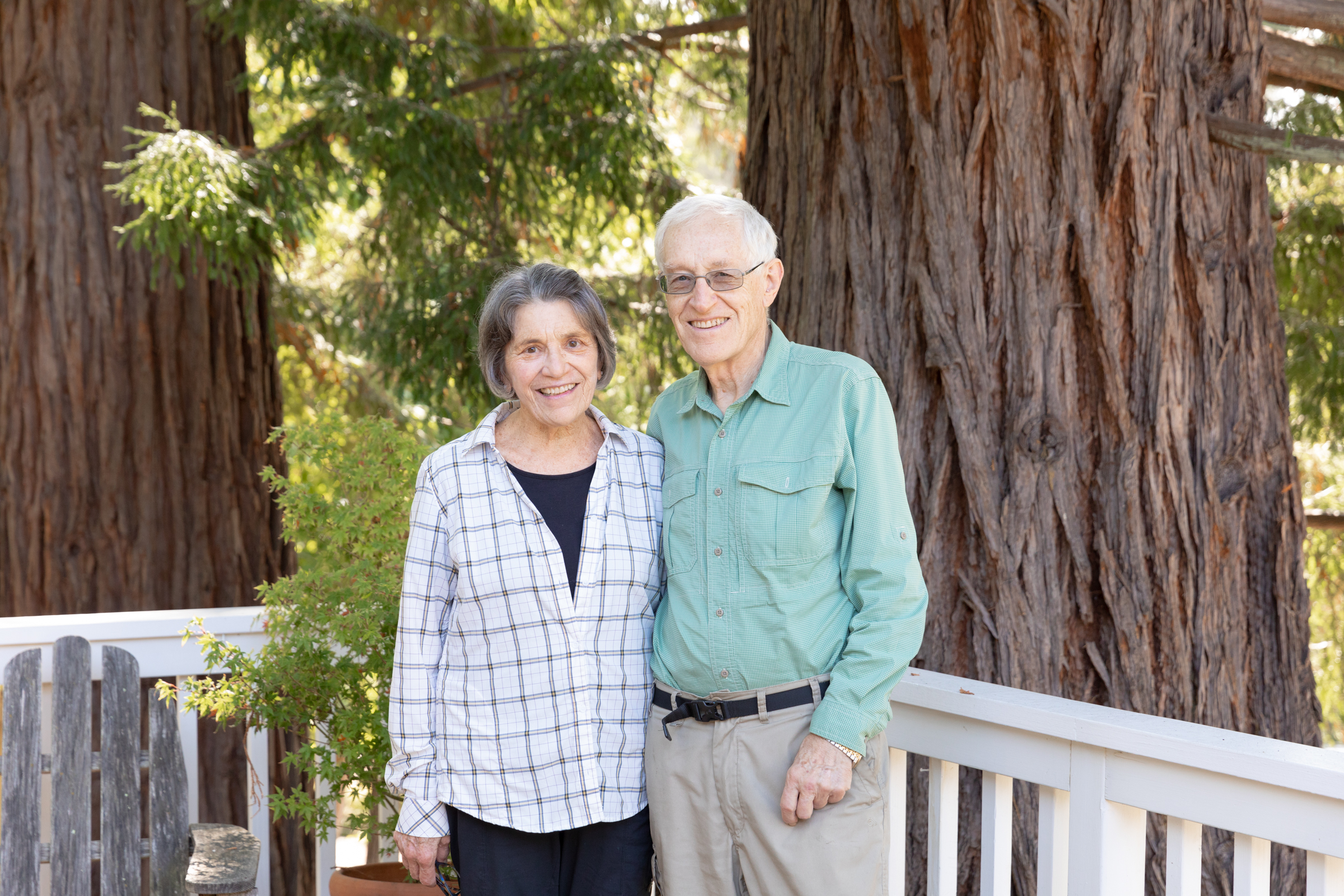
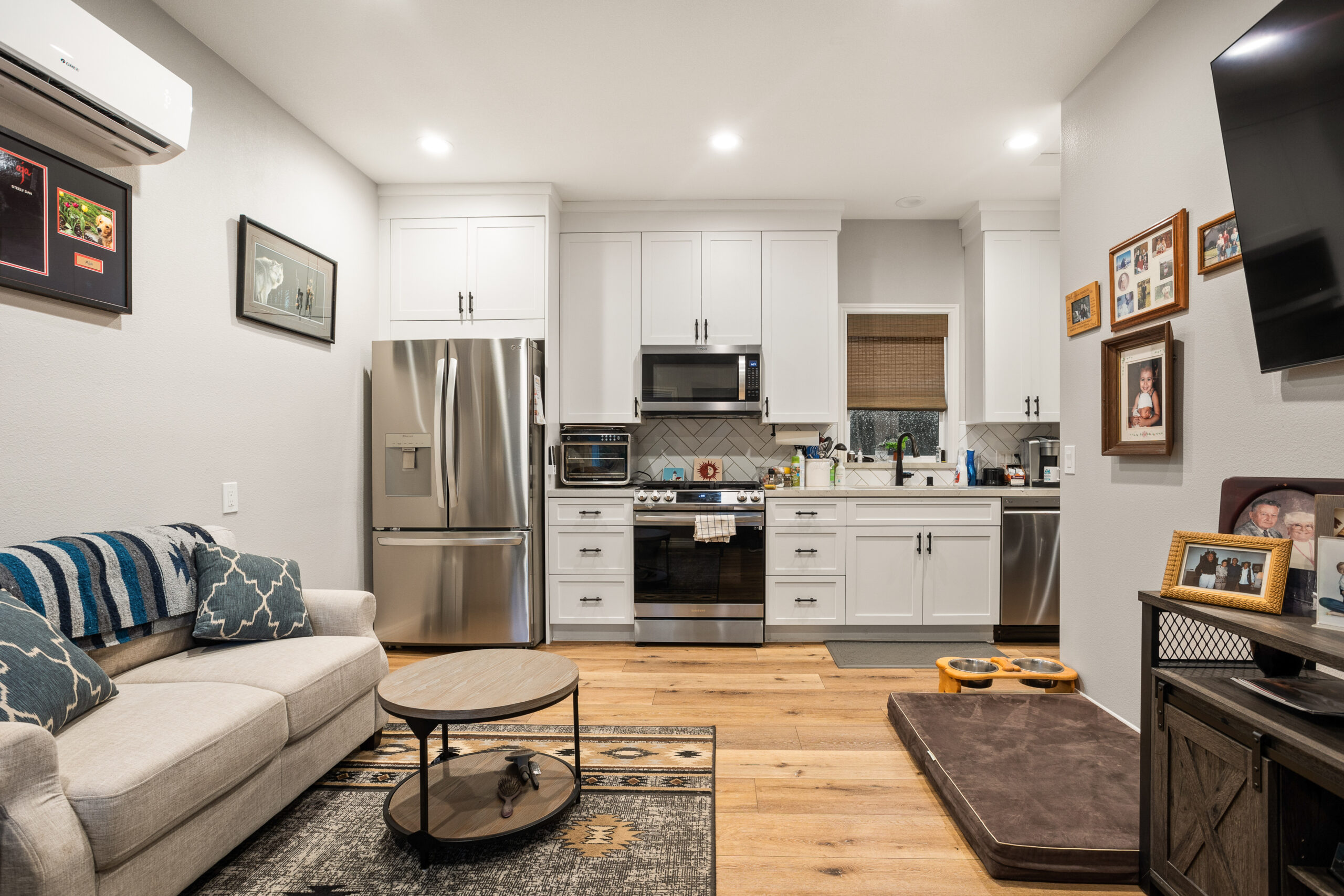
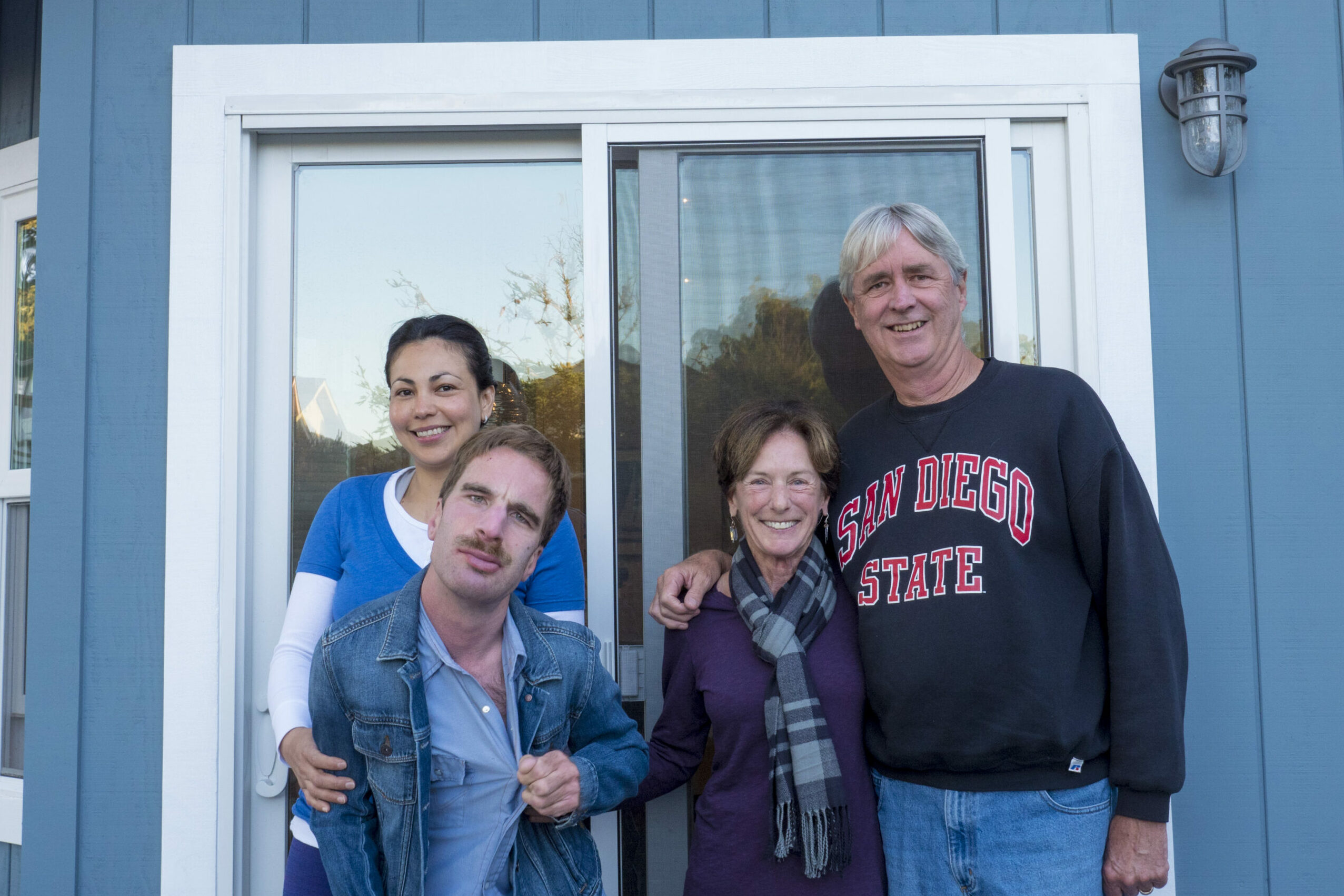
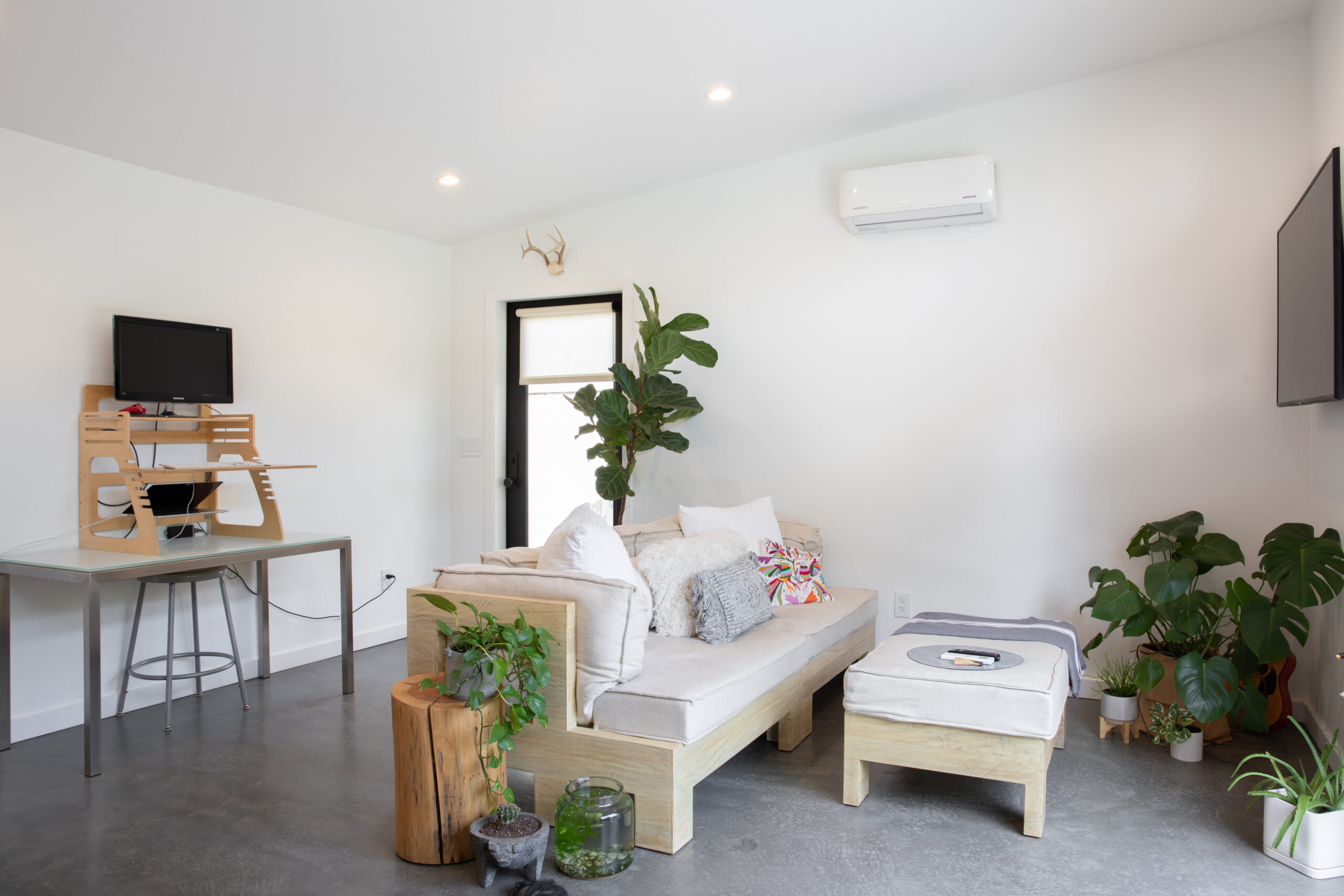
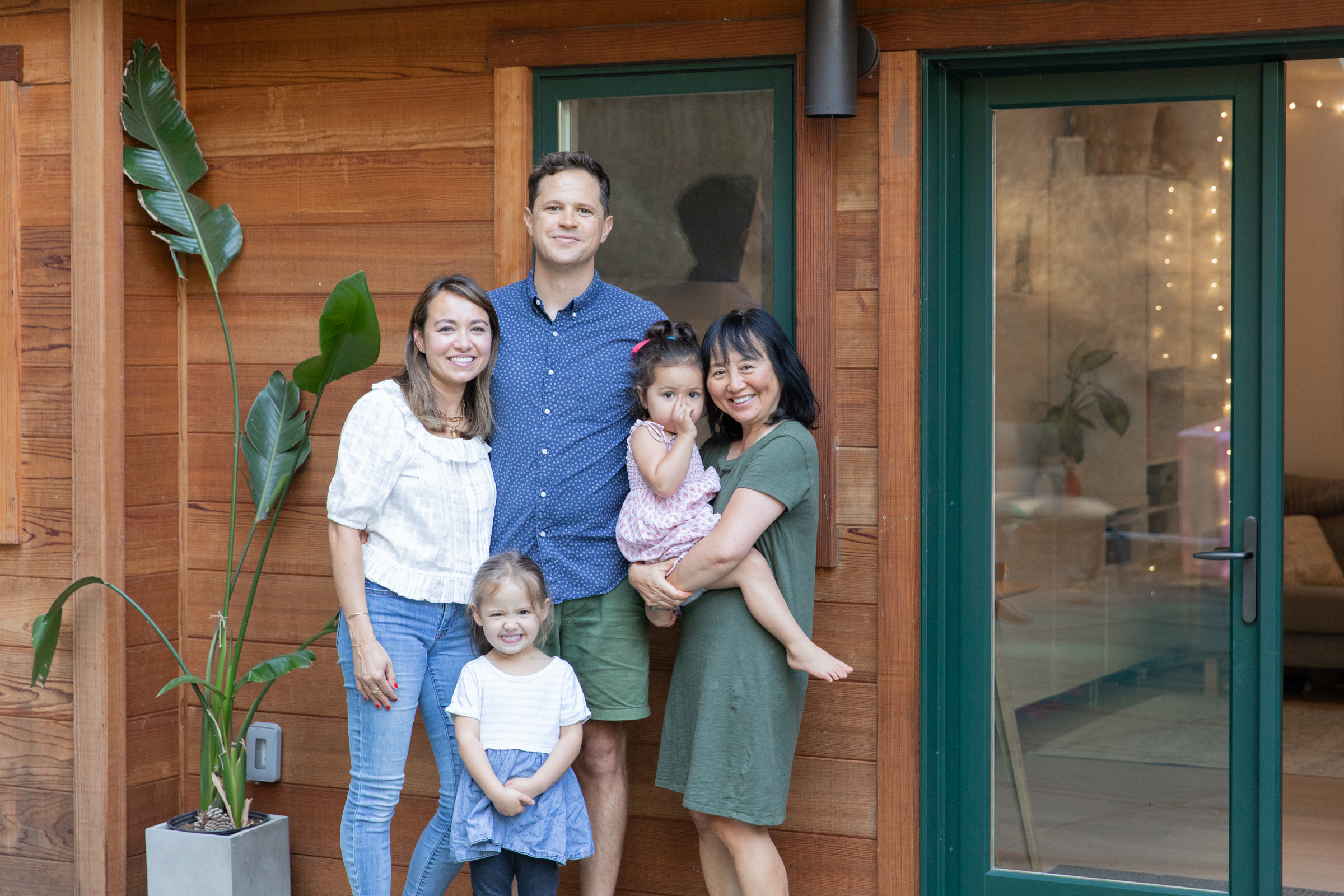
A HOME AS YOU AGE for a caregiver or an accessible and comfortable option for aging adults
MULTIGENERATIONAL HOUSING for adult children, aging relatives, or loved ones with special needs
RENTAL INCOME for retirement, savings, or a rainy day
SAFETY with an extra set of eyes on the property day-to-day or when you’re away
ENVIRONMENTAL BENEFITS of small-scale living and reduced commutes for workers
AFFORDABLE HOMES for the local workforce and young families
Are you ready to ADU?
We have resources to help you at every step of the way, from initial thoughts through move-in.

